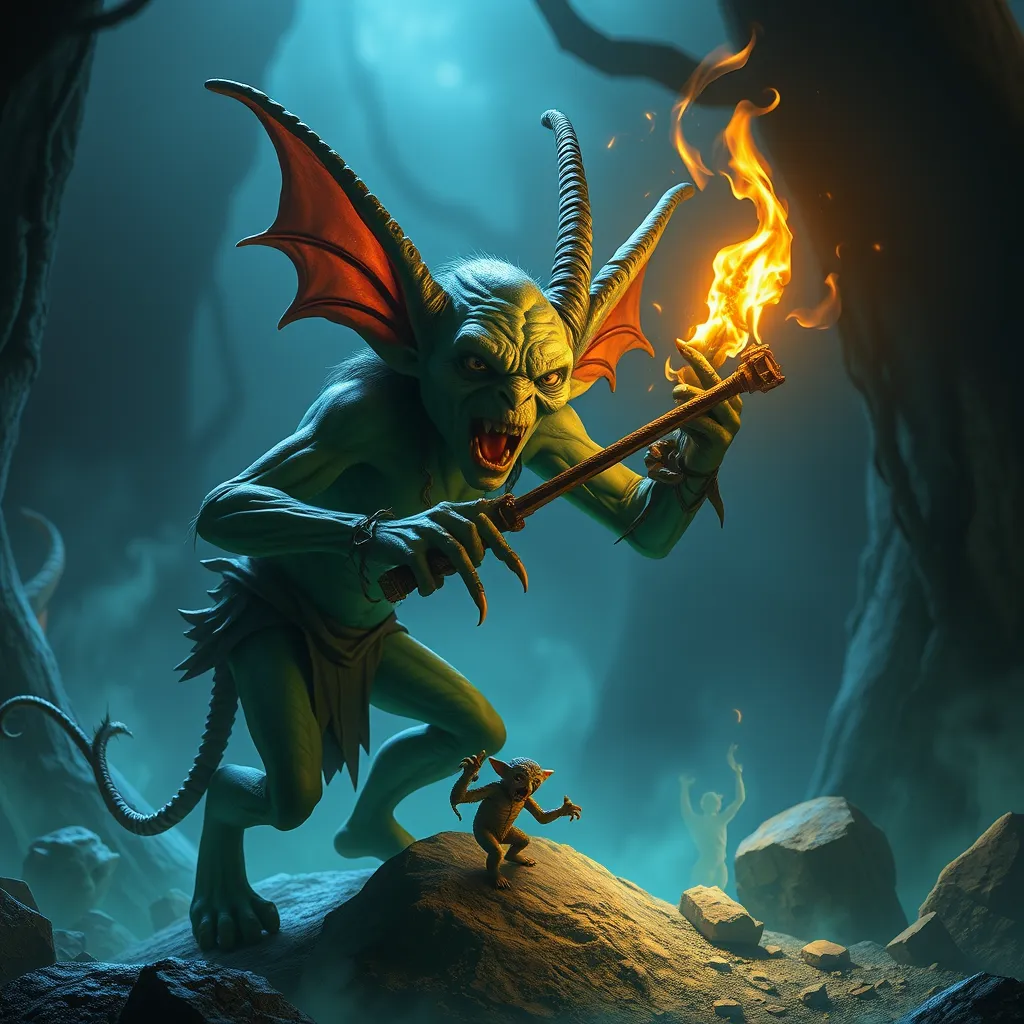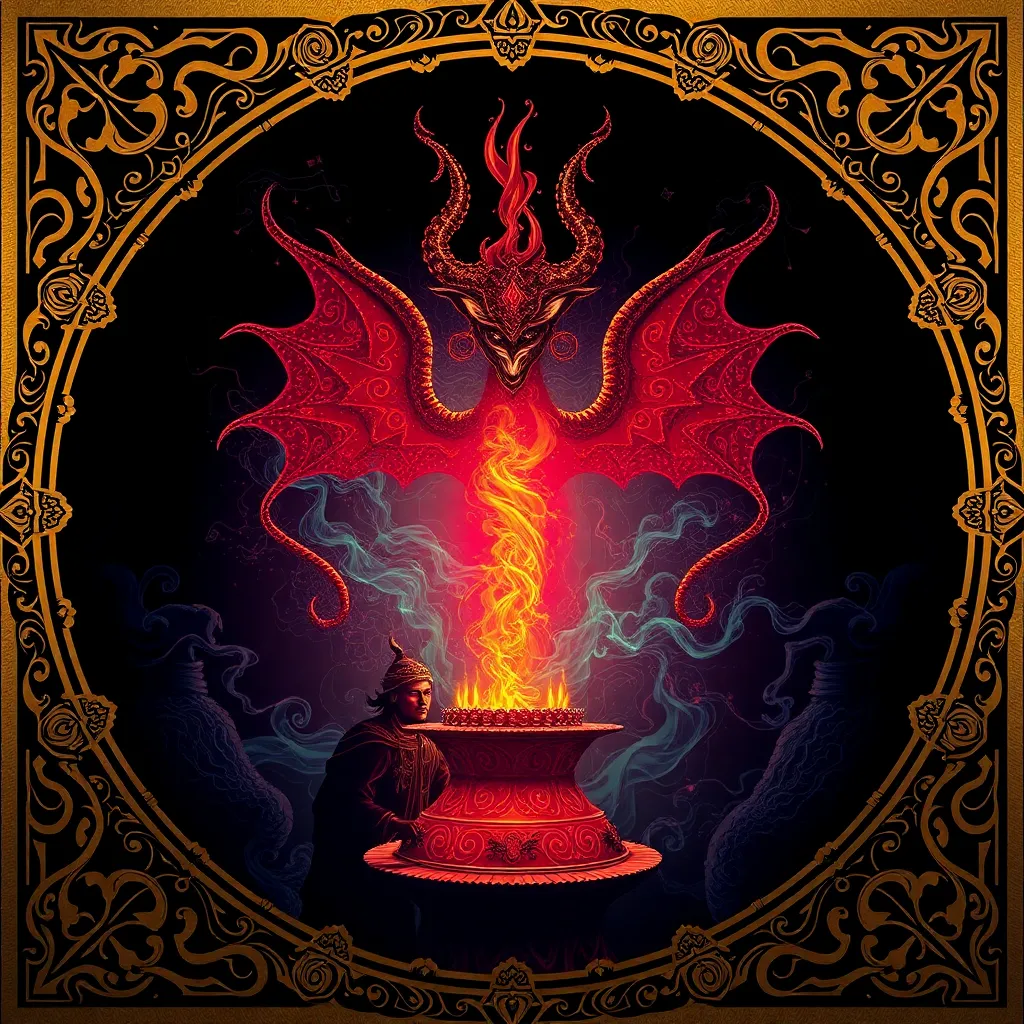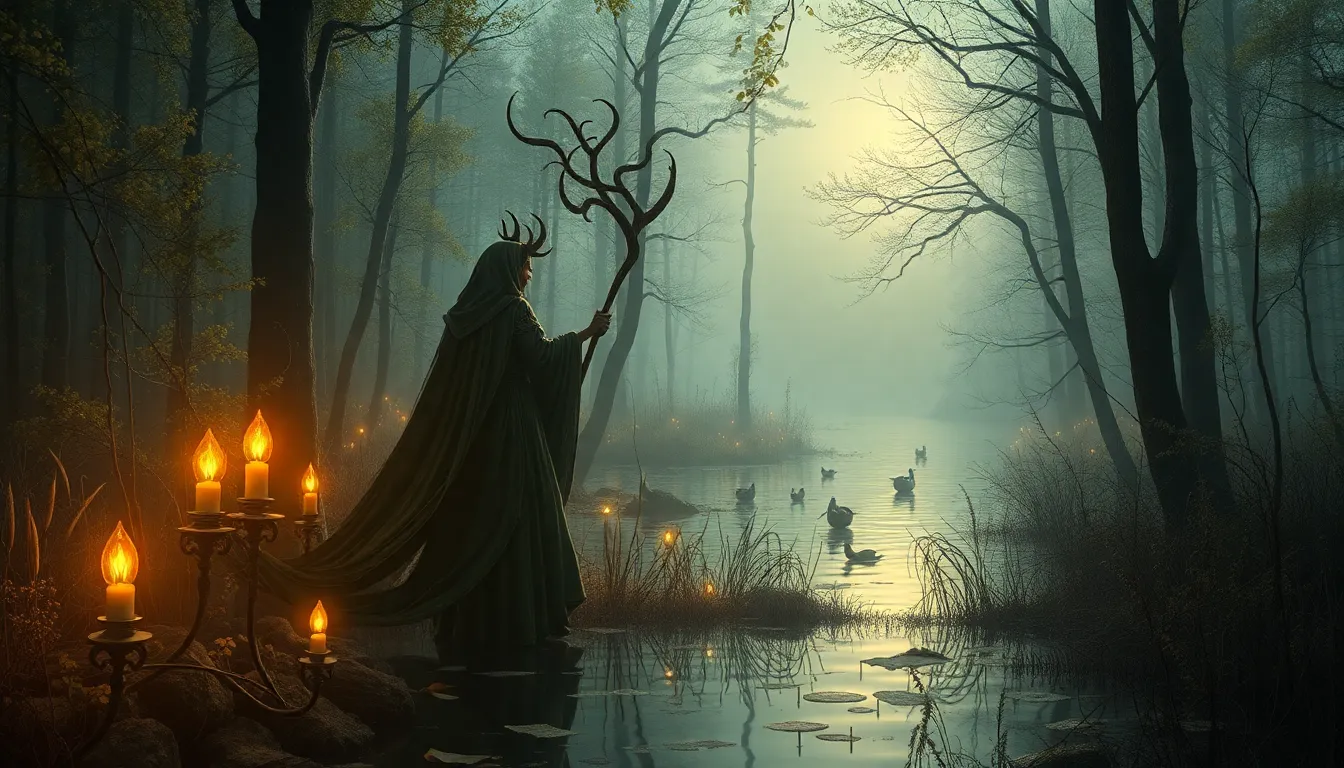Goblin Games: The Playful and Perilous Side of Goblin Mythology
I. Introduction to Goblin Mythology
Goblins are fascinating creatures rooted deeply in folklore, characterized by their mischievous nature and an array of traits that vary across cultures. Traditionally, they are depicted as small, humanoid beings often associated with mischief and trickery. The origins of goblins can be traced back to various European mythologies, where they emerged as figures of both humor and horror.
In many tales, goblins possess distinct characteristics: they are often portrayed with green or brown skin, pointed ears, and a penchant for causing chaos. Their cultural significance stretches beyond mere entertainment; they serve as moral lessons, embodying the consequences of greed, trickery, and foolishness. However, goblins embody a dual nature: they can be playful tricksters who engage with humans in light-hearted games, or they can turn malevolent, causing harm and distress.
II. The Role of Games in Goblin Lore
In the realm of goblin mythology, games play a crucial role. Goblins are often depicted as playful tricksters, reveling in the joy of games and contests. These games are not merely for entertainment; they are significant in goblin society, representing social hierarchies and cultural values.
Games reflect the morals and values of the cultures that create them. Through their playful interactions, goblins teach important lessons about life, such as the value of wit, the consequences of deceit, and the importance of community. In this way, goblin games serve as both a form of entertainment and a means of imparting wisdom.
III. Types of Goblin Games
Goblins engage in various types of games, each showcasing different aspects of their playful but perilous nature.
A. Physical games and contests: challenges and competitions
- Races through the forest, where agility and cunning determine the victor.
- Strength contests, often involving lifting heavy objects or performing feats of endurance.
- Obstacle courses filled with traps that test both physical prowess and cleverness.
B. Mental games: riddles, puzzles, and deception
- Riddles that challenge the intellect of humans, often with dire consequences for those who fail to answer correctly.
- Puzzles that require collaboration, revealing the importance of teamwork in overcoming challenges.
- Deceptive games where the true nature of the goblin is hidden, testing the ability to discern truth from illusion.
C. Social games: pranks and interactions with humans
- Pranks played on unsuspecting travelers, often leading to humorous yet cautionary tales.
- Games of social manipulation, where goblins test human gullibility and wit.
- Festivals where goblins and humans temporarily coexist, showcasing a blend of camaraderie and competition.
IV. The Perilous Side of Goblin Games
While goblin games can be fun, they also carry a perilous edge. The consequences of losing to a goblin can be dire, often resulting in curses or misfortune that befall the player.
A. Consequences of losing to goblins: curses and misfortune
Many tales recount the fates of those who lose to goblins in games. Common punishments include:
- Being turned into a toad or some other creature.
- Experiencing a prolonged streak of bad luck.
- Being forced to play games against goblins for eternity.
B. Historical accounts of human encounters with goblin games
Throughout history, there have been numerous accounts of humans encountering goblins in games that often ended in disaster. These stories serve as cautionary tales, warning of the potential dangers when engaging with these capricious beings.
C. The balance of fun and danger in goblin play
The essence of goblin games lies in their balance between fun and danger. Players can expect a thrilling experience, but the stakes are high, reminding participants to tread carefully in the world of goblins.
V. Goblins in Popular Culture
Goblins have evolved significantly in popular culture, often depicted in literature, film, and video games. Their representation varies from menacing creatures to comical mischief-makers.
A. Representation of goblins in modern literature and media
Many modern works have drawn inspiration from traditional goblin lore, reinterpreting these characters in new and exciting ways. Examples include:
- J.K. Rowling’s depiction of goblins in the Harry Potter series.
- Goblins in fantasy role-playing games like Dungeons & Dragons.
- Animated films that portray goblins as comedic sidekicks or formidable foes.
B. Influence of traditional goblin games on contemporary games and storytelling
Contemporary storytelling often incorporates elements from traditional goblin games, emphasizing themes of trickery, cunning, and the unpredictability of luck.
C. Analysis of iconic goblin characters and their playful yet perilous attributes
Characters such as Gollum from “The Lord of the Rings” exemplify the complex nature of goblins—both playful and perilous. These characters often embody the duality of goblin mythology, where play can lead to both joy and danger.
VI. The Psychology Behind Goblin Games
The fascination with goblins and their games is deeply rooted in human psychology. This intrigue stems from a blend of fear and humor, drawing people into the whimsical yet treacherous world of goblins.
A. Why humans are fascinated by goblins and their games
Humans are often drawn to the strange and the unknown. Goblins, with their unpredictable nature, stimulate curiosity and a sense of adventure.
B. The role of fear and humor in the appeal of goblin mythology
The juxtaposition of fear and humor in goblin stories creates a compelling narrative that captivates audiences of all ages. The comedic elements often serve to alleviate the tension created by their more sinister traits.
C. The impact of goblin games on human behavior and societal norms
Engaging with goblin mythology encourages reflection on human behavior, highlighting the complexities of morality, deception, and the importance of wit in navigating social interactions.
VII. Lessons from Goblin Games
Goblin mythology, with its emphasis on playfulness and peril, offers valuable lessons for contemporary life.
A. What can be learned from goblin mythology and their playful nature
From goblin tales, we learn the importance of humor and play in life. Embracing a playful spirit can lead to joy and connection with others.
B. The importance of embracing play in our own lives
In a fast-paced world, taking time to play and engage in light-hearted activities can enhance well-being and foster creativity.
C. How caution and wit can lead to survival in a world of uncertainty
Goblin games emphasize the value of being cautious and witty. In navigating life’s challenges, these traits can lead to better outcomes and resilience.
VIII. Conclusion: The Enduring Legacy of Goblin Games
The playful and perilous elements of goblin mythology continue to resonate today. Goblin games remind us of the duality of life, where fun often coexists with danger. As we explore the whimsical world of goblins, we are encouraged to engage with their stories and reflect on our own lives, balancing playfulness with caution.
In contemporary society, the allure of goblins persists, inviting us to embrace our sense of adventure and curiosity while remaining mindful of the lessons they impart. The legacy of goblin games endures, celebrating the importance of play in a world filled with both joy and uncertainty.




